SCHS354D August 1998 – March 2025 CD4051B-Q1
PRODUCTION DATA
- 1
- 1 Features
- 2 Applications
- 3 Description
- 4 Pin Configuration and Functions
- 5 Specifications
- 6 Parameter Measurement Information
- 7 Detailed Description
- 8 Application and Implementation
- 9 Device and Documentation Support
- 10Revision History
- 11Mechanical, Packaging, and Orderable Information
Package Options
Mechanical Data (Package|Pins)
- PW|16
Thermal pad, mechanical data (Package|Pins)
Orderable Information
6 Parameter Measurement Information
 Figure 6-1 Typical Bias Voltages
Figure 6-1 Typical Bias VoltagesNote:
The ADDRESS (digital-control inputs) and INHIBIT logic levels are: 0 = VSS
and 1 = VDD. The analog signal (through the TG) may swing from VEE to VDD.
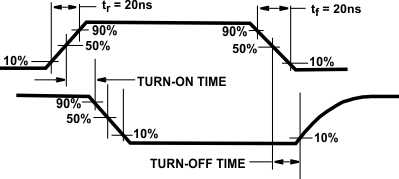 Figure 6-2 Waveforms, Channel Being Turned ON (RL = 1 kΩ)
Figure 6-2 Waveforms, Channel Being Turned ON (RL = 1 kΩ)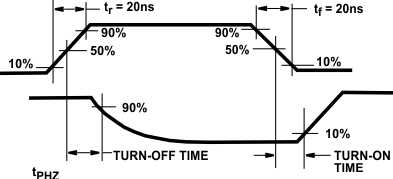 Figure 6-3 Waveforms, Channel Being Turned OFF (RL = 1 kΩ)
Figure 6-3 Waveforms, Channel Being Turned OFF (RL = 1 kΩ) Figure 6-4 OFF Channel Leakage Current – Any Channel OFF
Figure 6-4 OFF Channel Leakage Current – Any Channel OFF Figure 6-5 On Channel Leakage Current – Any Channel On
Figure 6-5 On Channel Leakage Current – Any Channel On Figure 6-6 OFF Channel Leakage Current – All Channels OFF
Figure 6-6 OFF Channel Leakage Current – All Channels OFF Figure 6-7 Propagation Delay – Address Input to Signal Output
Figure 6-7 Propagation Delay – Address Input to Signal Output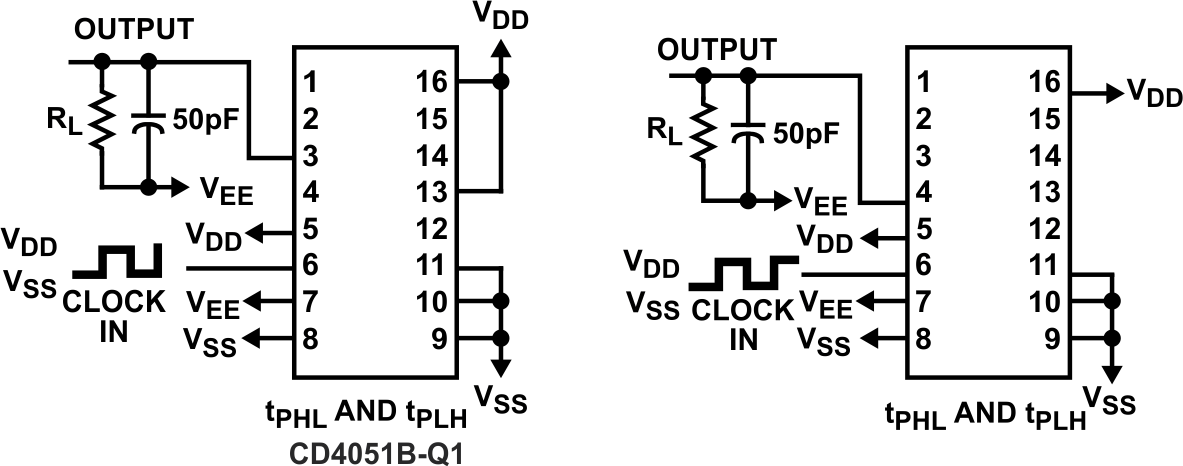 Figure 6-8 Propagation Delay – Inhibit Input to Signal Output
Figure 6-8 Propagation Delay – Inhibit Input to Signal Output Figure 6-9 Input Voltage Test Circuits (Noise Immunity)
Figure 6-9 Input Voltage Test Circuits (Noise Immunity) Figure 6-10 Quiescent Device Current
Figure 6-10 Quiescent Device Current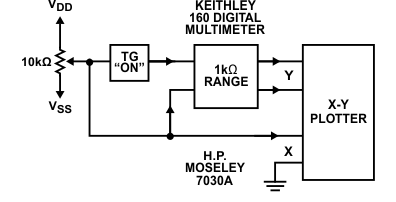 Figure 6-11 Channel ON Resistance Measurement Circuit
Figure 6-11 Channel ON Resistance Measurement Circuit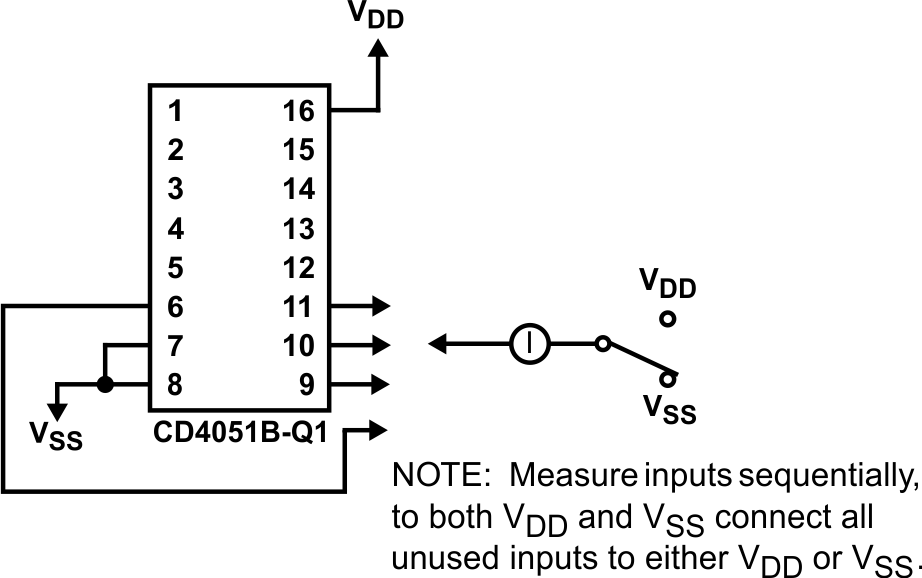 Figure 6-12 Input Current
Figure 6-12 Input Current Figure 6-13 Feed-Through (All Types)
Figure 6-13 Feed-Through (All Types) Figure 6-14 Crosstalk Between Any Two Channels (All Types)
Figure 6-14 Crosstalk Between Any Two Channels (All Types) Figure 6-15 Crosstalk Between Duals or Triplets ()
Figure 6-15 Crosstalk Between Duals or Triplets () Figure 6-16 24-to-1 MUX Addressing
Figure 6-16 24-to-1 MUX Addressing